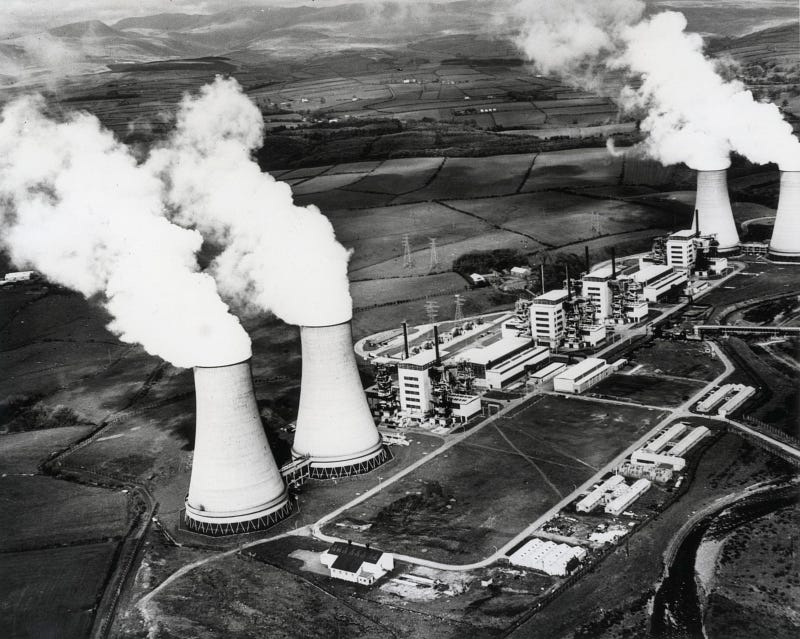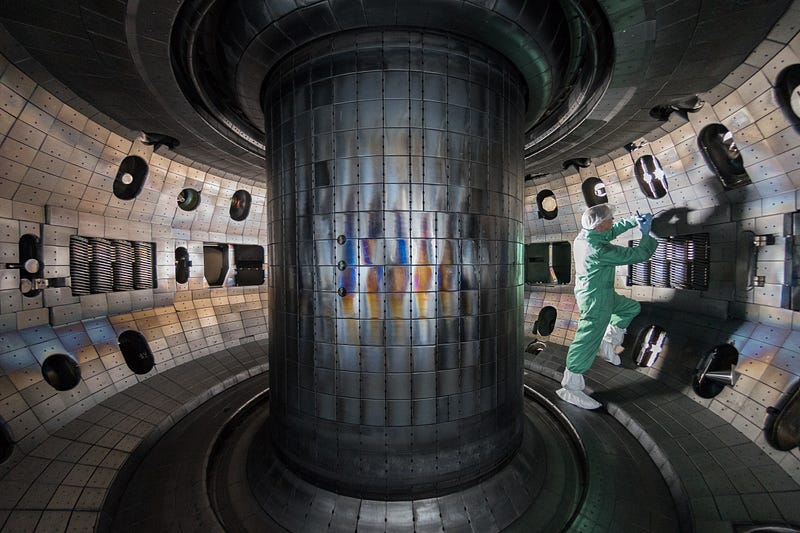The Future of Fusion Energy: Can Startups Make It a Reality?
Written on
The Promise of Fusion Energy
Fusion energy, once dismissed as a mere fantasy, is becoming increasingly attainable. This powerful energy source has the potential to produce as much energy as multiple barrels of oil from just a liter of water, all while generating zero emissions. However, for all its promise, fusion energy remains largely unachieved.
As we face the critical challenge of climate change, innovative technologies may hold the key to our survival.
Understanding Fusion vs. Fission
Fusion differs significantly from its often-misunderstood counterpart, fission. While both processes involve nuclear reactions, they are fundamentally distinct. Fission generates energy through the splitting of atoms, whereas fusion produces energy when atomic nuclei combine. Notably, fusion poses no risk of catastrophic meltdown and results in less radioactive waste compared to fission.
Why Is Fusion Still a Dream?
The primary hurdle for achieving fusion energy lies in the need for exceedingly high temperatures—approximately one million degrees Celsius. At this temperature, matter exists as plasma, where atoms lose their electrons, resulting in positively charged ions. Fusion occurs within this plasma state. Unlike conventional materials, plasma is less dense than air, and when ions collide with surfaces, they cool down. The chance of fusion increases with the duration plasma can be sustained.
Fusion reactors have evolved significantly since the early experiments with Zeta in the 1950s, and progress has mirrored the advancements seen in computer technology, suggesting that fusion is closer to reality than ever.

Challenges Ahead for Fusion Energy
Despite promising advancements, several challenges remain. While fusion produces less radioactive waste than fission, it is not entirely without drawbacks. The high-energy ions in plasma can erode the reactor's containment walls over time, generating radioactive waste in the process. This necessitates regular maintenance and replacement of reactor components, which can lead to financial setbacks. Additionally, the energy required to maintain the necessary conditions for fusion to occur is substantial, raising questions about economic viability.
While these challenges might seem daunting, numerous startups and investors are actively pursuing solutions. Below, we explore three notable companies making strides in fusion technology.
Innovative Startups Leading the Charge
- General Fusion: Based in Burnaby, BC, this company, backed by Jeff Bezos, recently raised $100 million. General Fusion employs a rotating molten lead wall to shield the reactor's walls, preventing direct ion collisions and reducing radioactive waste. By generating plasma conditions using steam, they can avoid the costly giant magnets typical in fusion reactors.
- Commonwealth Fusion: Located in Boston, MA, and supported by Bill Gates, this company has secured $84 million in funding. They are focusing on utilizing newly discovered high-temperature superconductors for magnets, which are more cost-effective and require less cooling than traditional options. Commonwealth Fusion aims to have a working prototype by 2025.
- TAE Technologies: This Foothill Ranch, CA company has raised an impressive $770 million, thanks in part to backing from Microsoft co-founder Paul Allen. TAE Technologies plans to use Boron for fusion reactions instead of the more common Hydrogen and Deuterium. This approach could potentially eliminate radioactive waste issues, but it requires even higher temperatures than traditional methods, presenting its own set of challenges.

The Future of Fusion
These startups are among the leading contenders in the fusion race, but many others are also exploring exciting concepts. It remains uncertain which company will achieve commercial fusion energy first, and there may be a tendency to over-promise results to attract investors. Nevertheless, breakthroughs in fusion technology could very well occur within this decade. The first company to succeed could reap significant financial rewards and elevate its nation's status on the global stage.
"Fusion will be ready when society needs it." — Dr. Lev Artsimovich, Fusion Scientist, the “Father of the Tokamak”
In the video titled "Bottling A Star: Is Fusion Energy An Unlimited Power Source?", experts discuss the potential of fusion energy as a limitless power source, exploring the science behind it and the current advancements.
Another insightful video, "This Nuclear Fusion Startup Is a Strong Newcomer", highlights the innovative approaches of new startups in the fusion energy sector, showcasing their efforts and challenges.